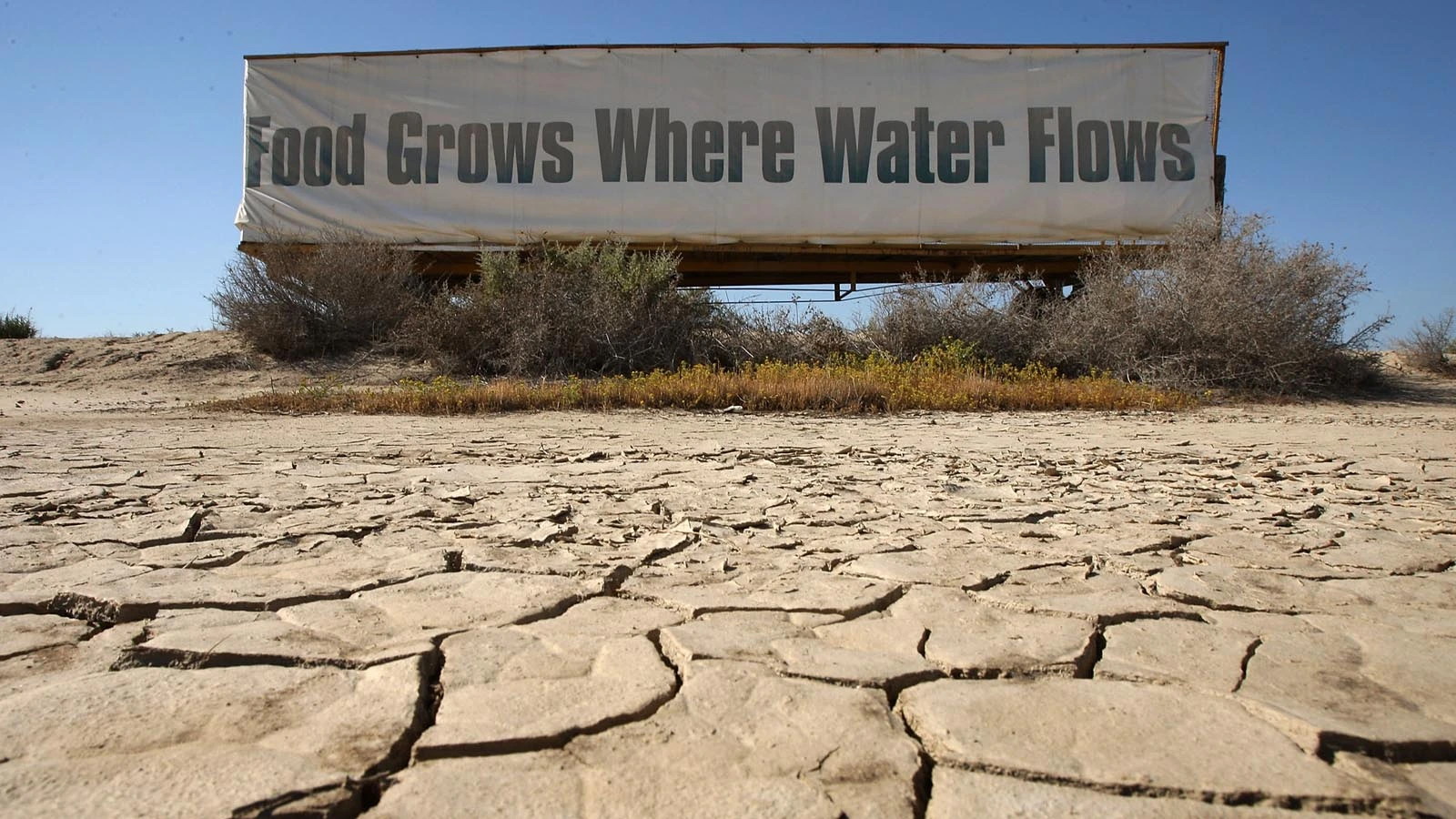The report looked at “major,” “severe,” and “extreme” scenarios. The authors found that the “major” case would cost the world $3 trillion over a five-year period, which they estimated has a 2.3% chance of happening per year. Over a 30-year period, those odds equate to about a 50% probability of occurrence — assuming the risks are not increasing each year, which they are.



That’s an essential element to consider, and the answer is: locally appropriate plants, compost, mulch, rainwater harvesting, and greywater. All of these things will work regardless of municipal water shortfalls, political problems, etc.
Examples of locally appropriate plants: local so-called “native” perennials, and annuals that are well situated for local conditions. For example, tepary beans are great in desert areas while typical beans from most seed packets are not. And conversely, tepary beans don’t fare well outside of a desert. Plants evolved growing without us. Picking the right varieties and then giving them a boost with mulch and greywater gives awesome results.
Very good points.